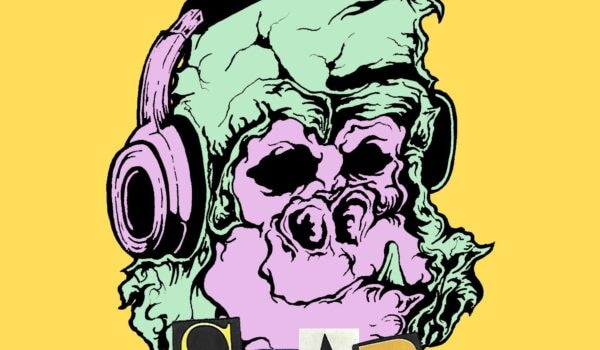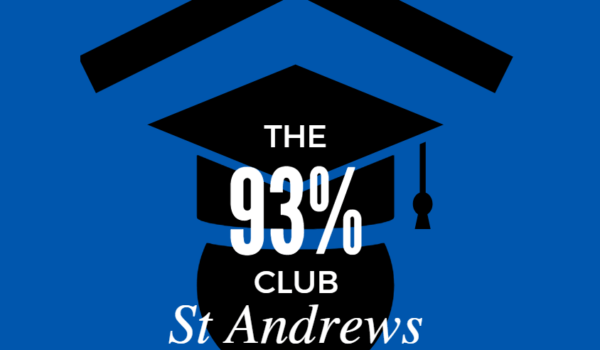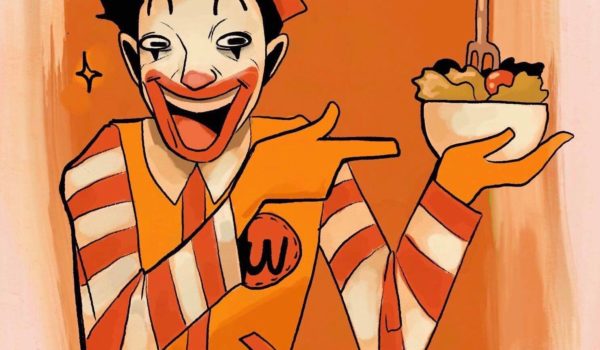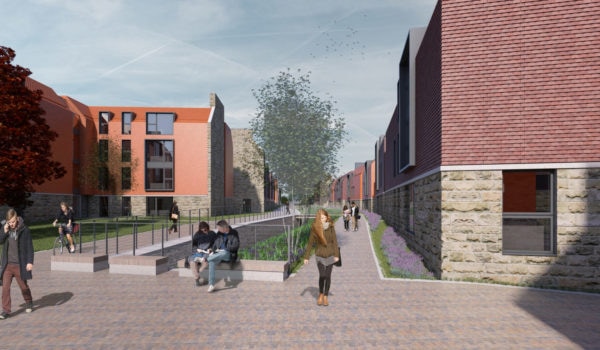When you think of Scotland, what comes to mind? Caledonia is associated with purple heather, friendly locals, old kirks, and men in kilts (who are hopefully wearing underwear). Kelpies swim in deep lakes, thistles poke their heads out of the soft green countryside and the bagpipes are played very loudly. Scotland is an interesting place and there are so many parts of Scottish culture to engage with. So hopefully while you are studying in St Andrews you can tick some of these suggestions off your list and get to know Scotland better.
Firstly, there are many different gastronomic delicacies that might surprise you. A must try while studying in Scotland is the infamous drink known as Iron Bru. This drink has a very unique taste. It is fizzy and fluorescent orange in colour and has a distinctive taste, to say the least. You either love it or hate it. There is not really a middle ground. It is worth bearing in mind that the flavour is pretty strong. It is non-alcoholic too. A Scottish delicacy that you need to sample is a well-known biscuit called shortbread. Shortbread is heavily connected to Christmas time and Hogmanay. This biscuit is sweet and buttery but not too heavy. Similar biscuits can be found in Denmark, Ireland, and Sweden.
Another yummy Scottish treat is fudge and tablet. Although similar they are not entirely the same thing. Fudge is softer and denser whilst tablet is brittle and grainy. They are both a type of succulent Scottish sweet. Another of my favorite Scottish meals in haggis. Haggis originates from the highlands and in my opinion, is delicious. Give it a try with an open mind as once you have found out what it consists of you might not feel as enthusiastic. Haggis is actually the stomach of a sheep however, its oaty texture and meaty taste are truly satisfying. Other Scottish foods are not quite as terrifying. For example, Cullen skink is a Scottish soup which is tamer in comparison to haggis. This soup has smoked haddock, onions, and potatoes in it. It is thick and filling. As you might already be aware, potatoes are a staple part of Scottish cuisine as are pies and soups.
Another part of Scottish culture would be the bagpipes and tartan. The bagpipes are part of the woodland and brass family and they can be very loud and powerful. One needs a mighty lung capacity to be most suited to play this instrument. When playing the bagpipes, one dresses in a kilt with a tartan pattern on it and a sporran which is like a pouch that goes over the kilt, so it does not fly up in the wind. My sister once asked to stroke a friend of mine’s sporran. Less just say that conversation did not go well. She was very disappointed with my friend’s answer which was a definitive no. Moving on, Tartan is a Scottish fabric and comes in different colours. Different designs were traditionally linked to the different clans in Scotland. Tartan is really pretty and there are tartan shops with you can pop into and get a lovely scarf as a Christmas present for example.
A ceilidh is another thing you must do at least once when in Scotland. They were traditionally performed at celebrations and special occasions. The music is very cheerful and ceilidh dancing involves people spinning you about a lot and throwing you around. Be warmed. You may get several bruises the next day. Ceilidhs are always super fun and lively. The music is bouncy, and some famous ceilidh dances are Strip the Willow and The Dashing White Sergeant. Ceilidhs are nowadays put on throughout the year however traditionally everyone joins hands at the end of the ceilidhs and sings Auld Lang Syne which signifies hope and looking to the future. Auld Lang Syne is one of the most famous Scottish songs and is written in Old Scots and means in Modern English for old time’s sake. The lyrics talk about old friendships and acquaintances whilst remembering the past and pondering on it. As a side note, Lock Lomon is another great Scottish song, it’s about a man who was going to be executed and wrote this song to this lover therefore it is very brooding yet beautiful and full of emotion and meaning. Sometimes this song is done as a more bouncy remix whilst being played at ceilidhs. Ceilidhs are a great way of meeting new people and having some fun.
Scotland has many different accents and minority languages like Gaelic and Old Scots. I thought I would mention a couple of easy words in Old Scots to get you talking like a local. Old Scots is classified as a language and a couple of famous words are ye meaning you, bonnie meaning pretty, and wee meaning small or little. Gaelic is taught in some schools however it is not common apart from on signs sometimes. Alba means Scotland and cead mile failte means a thousand welcomes which you might have seen after landing in Edinburgh Airport. Gaelic originates from the highlands and was suppressed during the Highland clearances. This means that the language was stunted and not fully allowed to develop therefore, there are big gaps and many words which are missing have had to be reinvented. Another expression in Gaelic is pokemahon. However, I would not recommend saying this to locals. They might not be very pleased will you telling them to “kiss your ass.” On second thought maybe don’t mention that.
All in all, Scotland has a rich culture including tartan, the bagpipes, ceilidhs, gastronomic treats, and hearty meals. Whilst in Scotland you might as well try some of the above recommendations to get a richer cultural experience. I hope you enjoy learning more about Scotland.









Comments